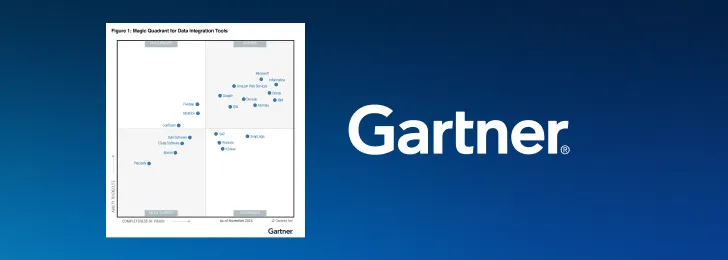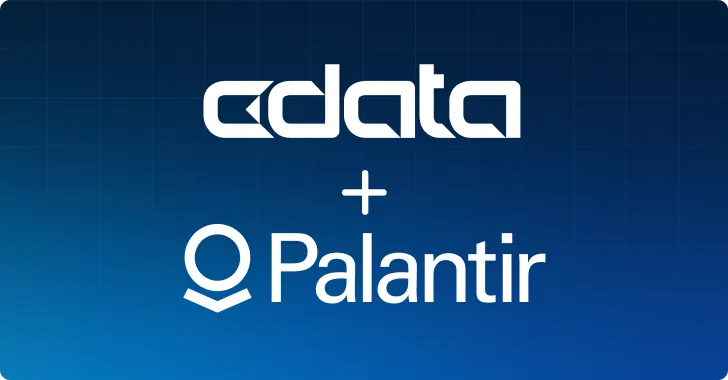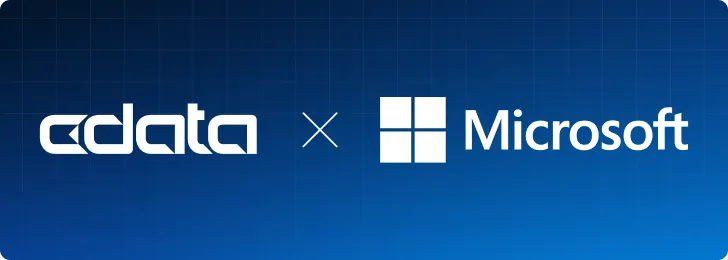
When you need to provide your customers with access to data stored in your application or platform, the easiest place to start is with traditional application programming interfaces, or APIs. An API serves as an intermediary that allows two or more applications to interact with one another.
APIs offer plenty of flexibility. Data is not bound to particular resources or methods, so APIs can handle many different types of calls and return different types of data. This allows you to build APIs that meet your company's and customers' needs, all likely using a variety of differing databases and resources. APIs are also increasingly easy to create, as numerous platforms exist to generate basic APIs with little code.
But while they provide a great starting point, APIs are just table stakes in integration. They provide only a base level of data accessibility, leaving your customers without a data experience. By simply stopping at the most introductory level of connectivity, you can slow product adoption and even turn away customers. By contrast, if you add comprehensive no-code data access to your application, you can greatly improve your customer experience and significantly reduce customer churn.
In this article, we explore standards-based drivers and their advantages when compared to APIs. Drivers build on APIs and enable seamless data connectivity behind the scenes. They save your product developers time and energy, while helping you turn your application into a central data hub for your customers.
The limitations of traditional APIs
Overall, while APIs provide a great starting point for supplying data to customers, they simply fall far short of providing the kind of intuitive, frictionless data experience that customers and organizations require. As a result, their limitations can blunt adoption and restrict the usage of your platform.
APIs force your customers to become integrators and developers
The primary issue with making your data available through an API is that you expect your customers to carry out all the work of writing code against your API to fetch and modify the information they need. Your customers' main goal is to simply access the data, not to have more development work on their hands.
APIs lack consistency
By enabling data access solely through APIs, you increase the number of discrete data sources your customer must integrate. APIs aren't standardized across applications or industries, so your API will look very different from the other dozens, if not hundreds, of APIs your customers already use. Your platform will also inevitably rely on a different data model than the others, no matter how much you try to standardize it.
Customers have too many applications to learn your API
Companies are overwhelmed and overloaded with data as it is. Enterprise organizations integrate with hundreds of data sources, and the ongoing proliferation of applications, databases, and services makes it very difficult to keep up. Providing yet another API to your users ensures more data fragmentation challenges for them.
Avoid adding to your customers' workload. Instead, make it easy for them to read, write, and update data on your platform. This will increase the probability they engage with your application, resulting in more data and activity on your platform.
Benefits of SQL for data connectivity
The advantages of using SQL for data or API connectivity are multifaceted, particularly because SQL is its own self-describing API which surfaces the structure and capabilities of your data sources, regardless of the system of record. With objects, fields, and functions clearly defined and discoverable, SQL offers a robust and well-documented syntax that developers are familiar with, reducing the learning curve and accelerating development.
SQL is specifically tailored for handling related data, enabling complex queries that can retrieve specific parts of fields—be it numbers, dates, or checkbox fields—with precision. This seamless integration and manipulation of data make SQL an indispensable tool for developers looking to enhance API connectivity and interactivity within their applications.
What is embedded connectivity?
The pathway to easy adoption is to enable your customers to work with all their data in your platform - without having to perform any coding or integration work against your API. You also want to avoid having to carry out extensive development work yourself in an attempt to custom build integrations against the hundreds of application APIs your customers would need.
The easiest way to achieve this is to offer off-the-shelf connectors to your platform to simplify how customers integrate. Connectors should come pre-built with high-performance data connectivity that enables brings native data access into your platform - without having to code or maintain integrations.
Learn More About Embedded Connectivity
How standards-based drivers simplify integration
Drivers provide an excellent way to simplify integration processes. These SQL-based connectors come ready to go with the heavy integration work already completed.
SQL interfaces take the challenge out of integration and data access for your customers, enabling them to use simple SQL queries to access data from hundreds of enterprise data sources from inside your platform. They can simply work in the background, behind your user interface, and your customers can simply use your application or write SQL queries directly against their data without the need for any heavy lifting.
Drivers provide a much easier and far richer experience for your customers and frees them from both the extra work and proliferation of data sources that come with APIs.
Connecting to APIs through SQL
Almost every application today provides some level of database (RDBMS) integration. Typically, this type of application extensibility is offered through a driver interface like ODBC, JDBC, or ADO.NET, or at times through direct connectivity to a popular database like SQL Server or MySQL.
Drivers are standard data connectors built using these universal database standards. Drivers provide a standard SQL wrapper around APIs, giving you a data layer that drastically simplifies connectivity to any application. As SQL is a universal language understood by every modern application, these connectors are much easier to implement into your platform than building out direct app-to-app integrations using APIs.
Even better, SQL is understood by millions of data analysts who prefer a simpler interface for working with data, rather than running API requests.
APIs differ drastically from application to application, even with attempts to standardize them through representational state transfer (REST) or Simple Objects Access Protocol (SOAP). Drivers enable easy integrations by abstracting those differences inside a standard, universal layer.
CData connectivity: The highest performance and broadest coverage anywhere
CData provides standards-based connectivity to more than 250 applications, databases, and popular enterprise data sources. We offer a comprehensive portfolio of the highest-performance drivers on the market, allowing you and your customers to achieve seamless connectivity across your BI, Analytics, ETL, and custom applications. Easily read, write, and update application, database, and Web API data through familiar database interfaces, such as ODBC, JDBC, and ADO.NET.
We've partnered with many of the biggest names in data SaaS, analytics, governance, QA, testing, AI, and more to bring connectivity into their platforms. Deliver a richer experience for your customers and remove unnecessary obstacles. Give your customers the data they need—become a CData OEM partner.





